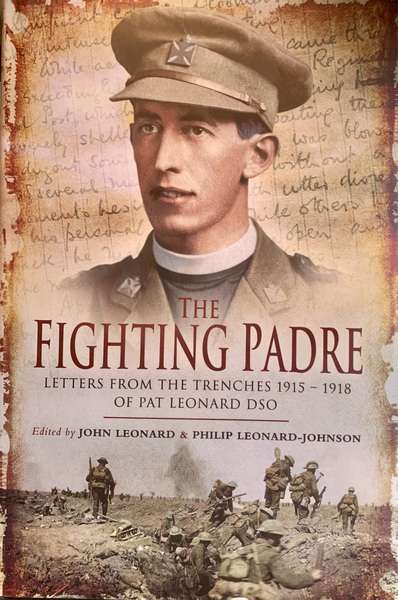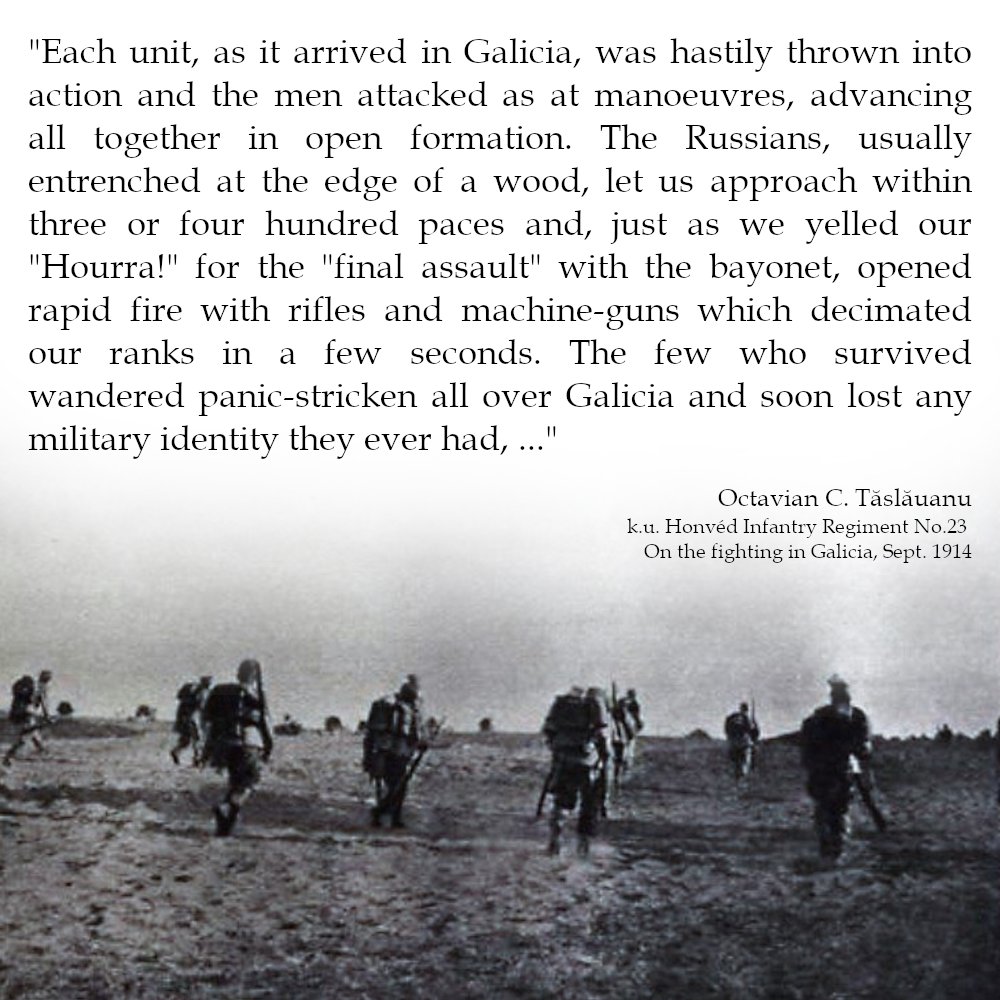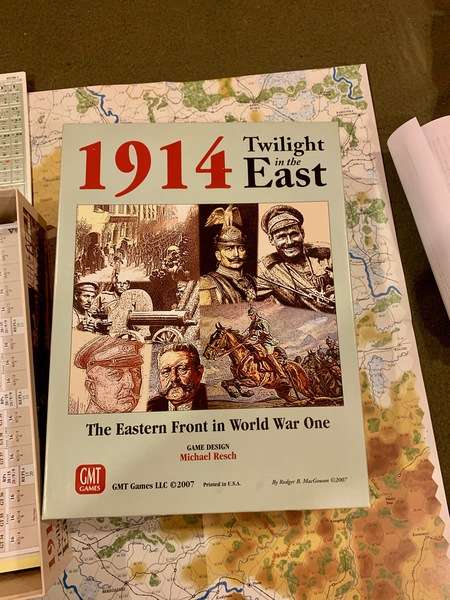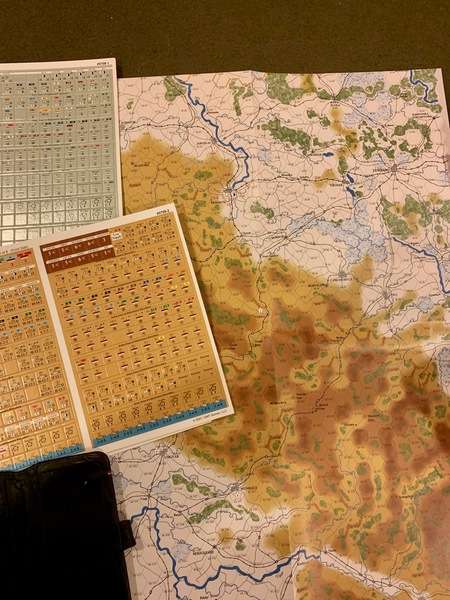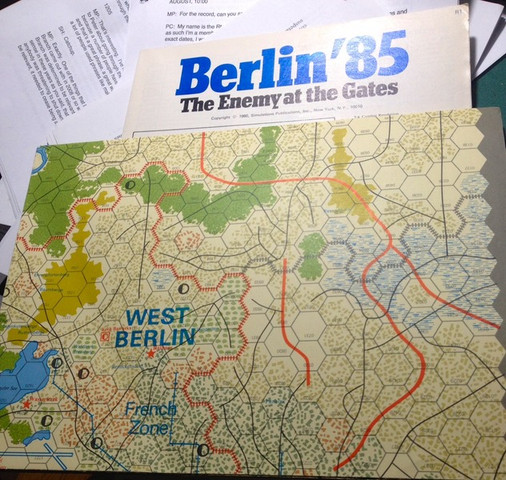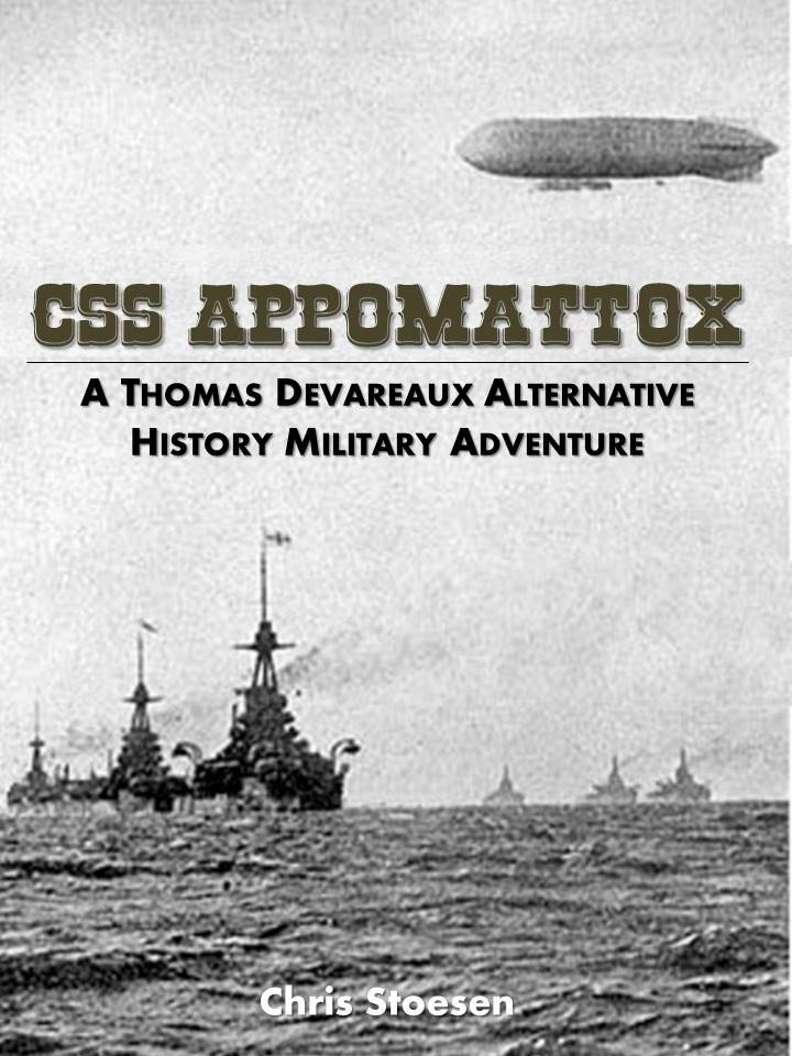
Victor Davis Hanson's A War Like No Other: How the Athenians and Spartans Fought the Pelopennesian War (New York: Random House, 2005).
I first ran across
Victor Davis Hanson while at a friend's place, channel-surfing his gazillion TV stations. A quiet-voiced but intense academic was reading from a book on a war that occurred almost 2500 years ago, and it sounded absolutely fascinating.
Perhaps the attraction of the Pelopennesian War is that it pitted two such dissimilar opponents against one another in a protracted and terrible war. In the popular imagination (or at least, in my imagination) the Spartans have the terrible appeal of fascism - a disciplined and single-minded barracks state - while the Athenians represent the best of what became, well, us - democracy, culture, philosophy - the whole package of Western values at its nascence. And there is the terrible, almost Sophoclean tragedy of these two cultures gutting each other, when it wasn't so long before, in the Persian War, that they stood side by side. Well, that's the appeal as I understand it. I had tried to read Thucydides' classic
The Pelopennesian War some years ago, but lost heart in its labyrinth of minor intrigues and soon gave up. So Hanson is my first substantial guide to this conflict.
If you wanted a chronological account of the war, Hanson is probably not your best bet. His approach is to cover his subject through a number of themes explaining the "hows" of the war (as per the subtitle, "How the Athenians and Spartans Fought the Peloponnesian War".) Hence we move from "Fear" (why the Spartans decided to fight the Athenians) to Fire (the first Spartan attempts to destroy Athenian agriculture) to Plague (the consequences of disease that ravaged Athens after Pericles pulled the local population into the city to avoid the Spartan land army), through a variety of other subjects, including the transition from traditional hoplite (heavily armoured infantry following strict rules of formalized combat) warfare to a more modern-looking assymetrical style of warfare featuring terror and attrition, and the final phases of escalating naval warfare. These themes are arrayed chronologically, but perhaps not in enough detail to satisfy someone wanting a "this then that" coverage of the conflict.
I found much to like about Hanson as an historian. You gotta love a writer who can illustrate a discussion of how hard it was for Greek armies to uproot and destroy olive trees (the main crop of ancient Greece) with his own account of trying to cut down walnut and plum trees on his own farm in California. Hanson has walked the battlefields with a military historian's eye, so his insights into tactics and strategies are useful and welcome. Likewise as a classicist he can enlist contemporary sources to bring life to his narrative. A good example, and one of my favourite passages, is this description of the tireme, the warship of ancient Greece:
"A terror to enemies" and "a joy to her friends", Xenophon wrote of an oared ship in ramming mode, the chief method of attack. The swish of an oar, the
rhothion, of a rapidly advancing tireme was famous. Both the sound and the look added to the drama, and presaged something terrible to come. Thucydides emphasized "the fear of the swishing" (
phobos rhothiou) which only compounded the scary sight of a tireme bearing down. Tiremes, like later full-masted men-of-war, were beautiful and occasionally noisy vessels, and they captured contemporaries' imaginations in ways most other workmanlike warships, from Roman galleys to ironclads, did not. With a length six or seven times its width and massive ram, the sleek tireme in one sense was simply a floating spear." (pp. 239-240).
Fortunately this isn't just a military fan/historian geeking out on some cool piece of ancient kit (as we wargamers are prone to do). Besides interesting technical comments on the instability and relative unseaworthiness of these vessels, VDH is acutely aware of the human conditons on these ships: the rowers in the lowest bank of oars enduring "Sweat, thirst, blisters, exhaustion, urine, and feces - all this was in addition to the billows of the sea and the iron of the enemy" (238). His accounts of the collisions of hundreds of these vessels and the subsequent killing and drowning of thousands of men is sobering reading, but what really fascinates me is the motivation that led yet more thousands of Athenians to replace the lost crews and maintain the struggle in the final years of the war. In 406BC the Athenians rebuilt their fleet almost from scratch, one of the largest armadas in Greek history, manned by wealthy citizens and slaves who had been promised their freedom. As VDH puts it, "how Athens after the plague, Sicily, and continued attrition in the Ionian War could project such naval forces near the end of the third decade of the war staggers the imagination" (281). This fleet broke the Spartan-led Peloponnesian fleet at Arginusae, a fleet whose rowers were being paid by Persian gold whereas the Athenians were fighting for an ideology that put "old and young, slave and free, poor and wealthy on tiremes" (280).
In the end, the ideology of the war is for me the most fascinating and least explained aspect of this book. What would it have been like on an Athenian tireme where wealthy landholders and slaves were rowing and fighting together? What besides pride and self-preservation motivated the Athenians to keep fighting, and to try so hard to export their worldview to the rest of the ancient world? VDH touches on this issue in his chapter on sieges when he explains that a siege often forced factions in a city, democrats vs. oligarchs, to take sides and often fight their own battles within the walls, but as the focus of the book is on the how of the war, the why is not explained as well. I'm sure other books explain the whys better, and Hanson's biography is extensive if anyone wants to pursue this subject.
A democratic empire that tried to export its vision of the world, and which relied on its powerful navy, wealth, technology and culture. A conflict where asymmetrical warfare, guerilla tactics, terror and wildly swaying public opinion worked to negate military advantage. A mood of increasing brutality where civilians and captives were killed in the name of national security and revenge. These echoes may well sound familiar to we in the West in the early 21st century. Hanson doesn't push the comparison too far, and indeed in his personal blog he has some clear opinions on why the West needs to aggressively pursue its battle against Jihadism. But VDH is very clear that war, once pursued as an option, can seldom be contained or anticipated. His final paragraphs are memorable:
"The young men of Athens, on the eve of the initial Spartan invasion or during the debate about Sicily, are always eager for war, inasmuch as they have had no experience with it. In contrast, "the older men of the city", the more experienced, always are reluctant to invade, and thus often strive to give the enemy some way out during tough negotiations that otherwise might leave war as the only alternative. Thucydidean war can have utility and solve problems, and it often follows a grim logic of sorts; but once it starts, it may well last twenty-seven years over the entire Greek world rather than an anticipated thiry days in Attica and kill thousands at its end who were not born at its beginning." (313-314)
As I read these last paragraphs I thought of
Seymour Hersh's recent pieces in the New Yorker on how the Bush administration is planning its next war against Iran; certainly the continuation of the Iraq War this long bears out the relevance of this echo from the past. Finally, as a soldier I am grateful for VDH's attention to the many dead soldiers and sailors of that war whose deeds are not recorded in Thucydides and who continue only as names in fragments of stone, who were "asked to settle through violence what words alone cannot. Remember them, for the Peloponnesian War was theirs alone" (314).
Mad Padre+

